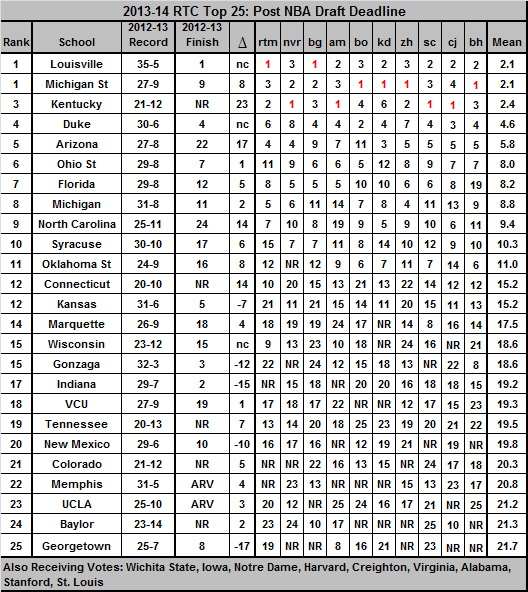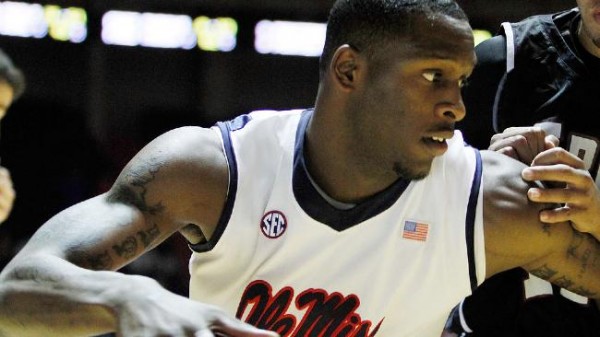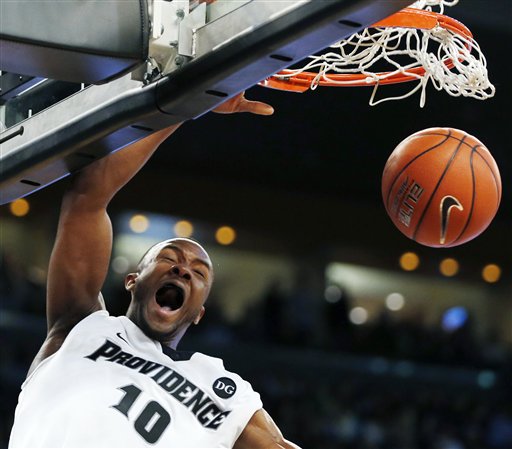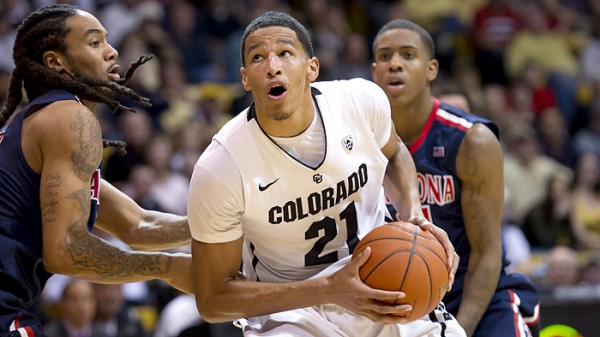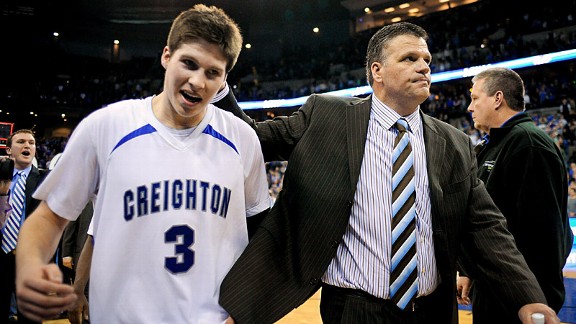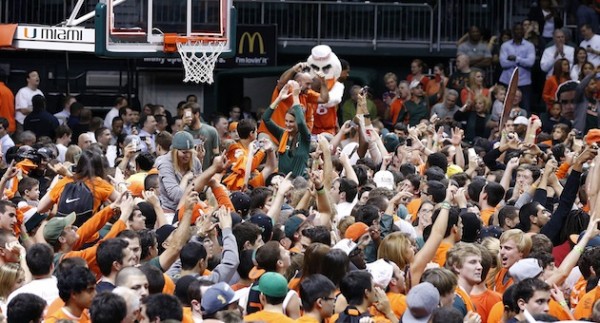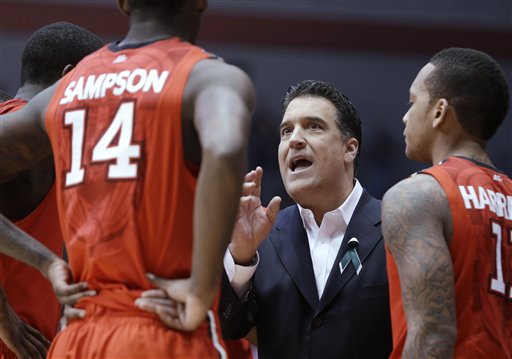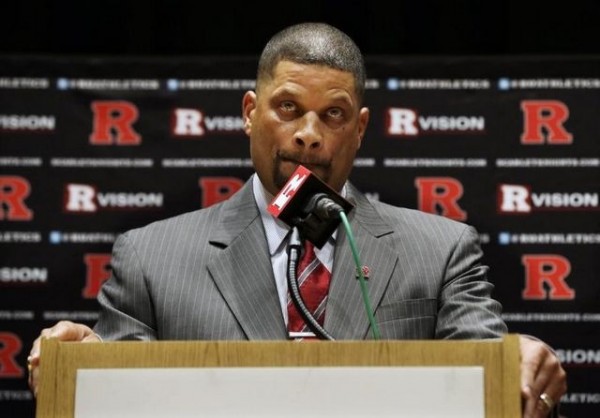RTC 2013-14 Post-NBA Draft Deadline Top 25
Posted by KDoyle on April 30th, 2013Although we are less than a month removed from Louisville’s win over Michigan in the National Championship game, it certainly isn’t too soon to look ahead to what the 2013-14 season has in store. With this past Sunday the deadline to declare for the June NBA Draft, we now have a much better idea who the top teams in the country should be once the ball is tipped again in November. In looking at the top of our Post-NBA Draft Deadline Top 25, there are three teams bunched together separated by just three votes — in fact, Louisville and Michigan State are knotted together at the top. It isn’t all too often that a team wins it all, graduates its starting point guard, has its best frontcourt player leave for the NBA, and is still perhaps the top team in the nation, but that’s the case for Rick Pitino and his Cardinals. With Russ Smith and Chane Behanan returning, Louisville will be the early favorites to win the AAC — the ACC, keep in mind, doesn’t come for UofL until 2014. Michigan State received good news on Sunday when Adreian Payne announced he would be returning to East Lansing for his senior season. Payne’s return, coupled with the return of Gary Harris — the Big Ten Freshman of the Year — and Keith Appling, make the Spartans a legitimate championship contender next season. Lastly, there’s Kentucky. Did you really think Cal & Co. weren’t going to be up there? They may not be ranked #1 at this point, but with a downright scary recruiting class incoming boasted by the Harrison twins and Julius Randle — perhaps the top Class of 2013 recruit — the Wildcats’ expectations are sky high. Despite not finishing in the Top 25 and losing at Robert Morris in the NIT, Kentucky will enter 2013-14 as a top three team in the RTC .
The usual Quick ‘n Dirty after the jump…
Quick n’ Dirty:
Whether it is through an exceptional recruiting class, or an impressive finish to the 2012-13 season coupled with a strong nucleus returning, the following four teams surged upward — and for good reason.





























